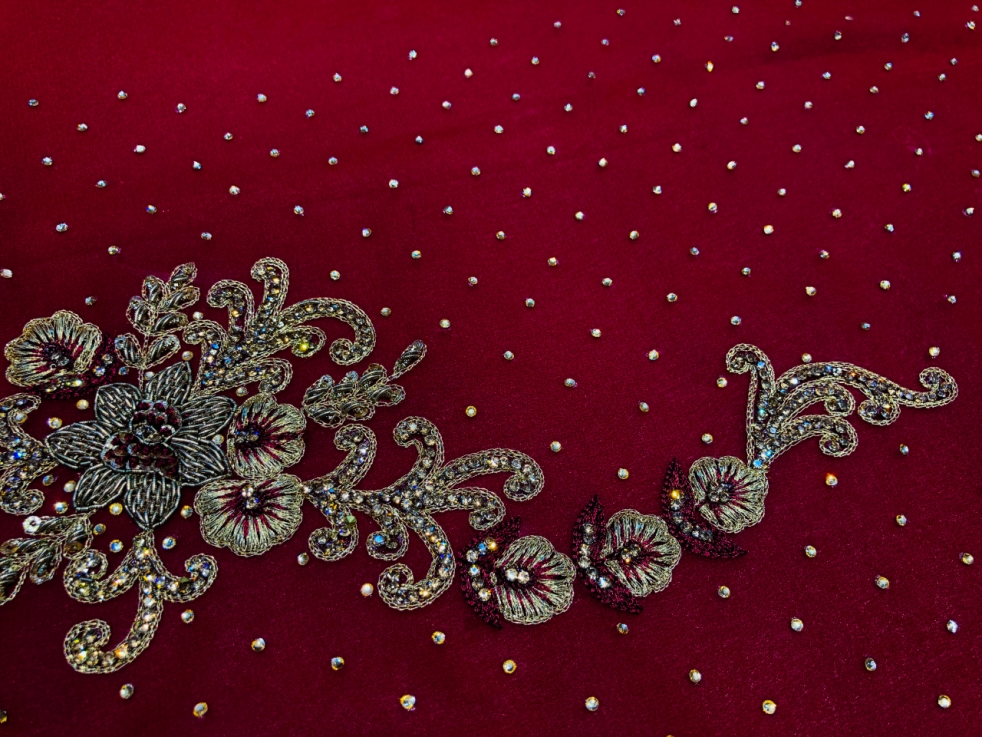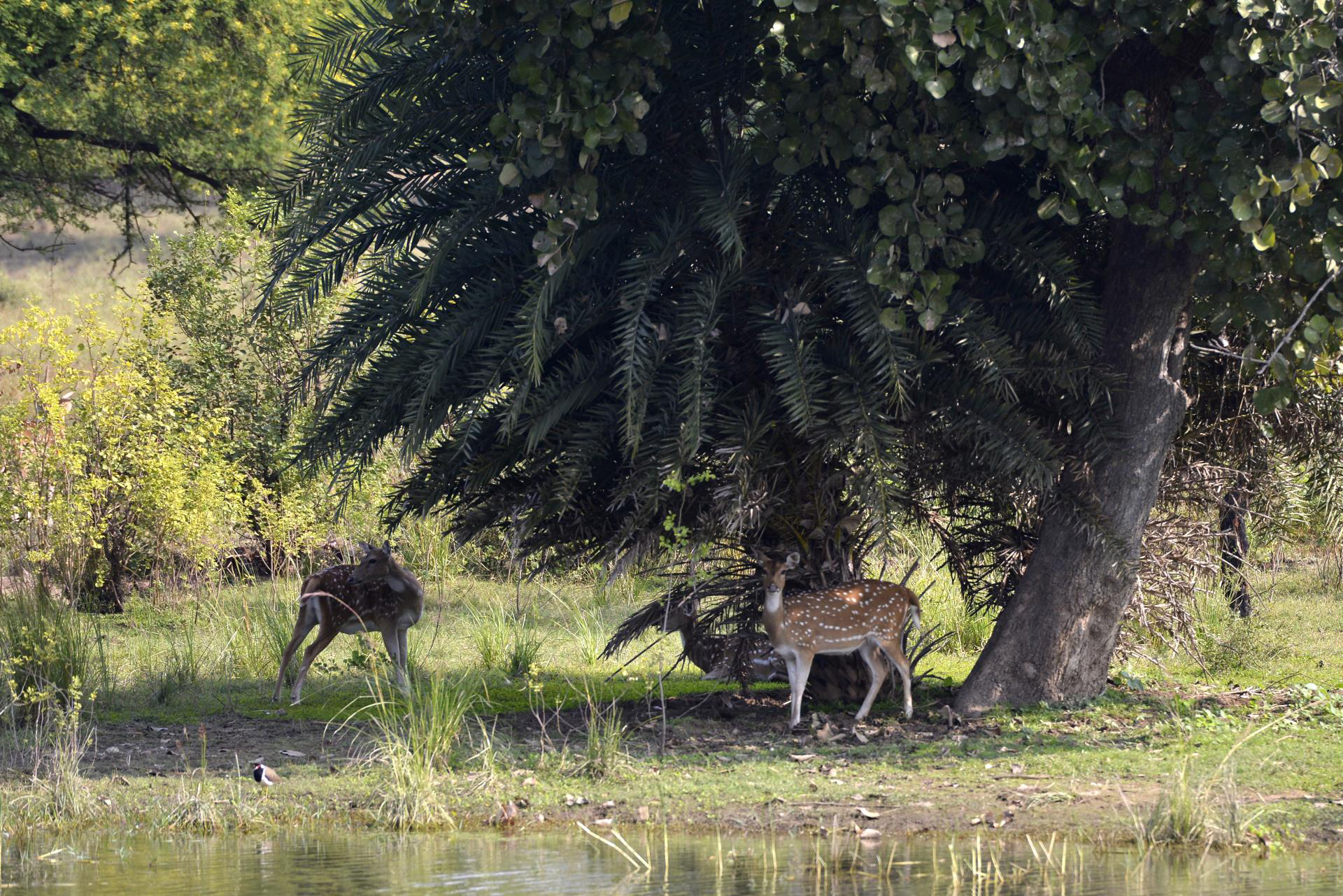
Sorry, we couldn't find anything that matches your search.
Destination

Famous Places to Explore in Hyderabad
A vibrant city with the imposing...

Raipur Tourist Places | Best Place to Visit
The stronghold of several erstwhile...

Ahmedabad
Declared as India's first UNESCO World...
#
Zardozi Craft
This signature embroidery art of Bhopal has been in practice for over 300 years. It first came to India from Persia, and translates literally to gold embroidery. The original process, known as “kalabatun”, made use of silk threads wrapped in real gold or silver; this thread was then sewn onto different fabrics, along with pearls, beads, sequins etc. During the Mughal era, zardozi was used to embellish tent walls and tapestries, as well as accessories for the elephants and the horses of the royal families.
While the process has now been modernised to a certain degree, the basics have remained the same for centuries. Four major steps are involved in this craft:

Bharat Bhavan
One of the most prestigious national institutes in the country for performing and visual arts, Bharat Bhavan was designed by architect Charles Mark Correa. The multi-art centre was set up to create an interactive proximity among verbal, performing and visual arts. Bharat Bhavan has an art gallery, a theatre, rehearsal rooms, and libraries of Indian poetry, workshop for fine arts, classical and folk music as well as indoor and outdoor auditoria. Over the years, Bharat Bhavan has organised many programmes including exhibitions, film shows, readings and music concerts, including but not limited to the World Poetry Festival, International Print Biennial (eight events), Biennial of Contemporary Indian Art, Commonwealth Countries’ Theatre workshop, National Drama Festivals, Sarangi Mela, Jaipur Gharana Music Festival, Purush Dance Festival, Swayamsiddha (centred on the creativity of women), Kavi Bharti and Samvaya, among others. The bhavan has several wings responsible for different events: Roopankar (museum of fine arts), Rangmandal (theatre library), Vagarth (center of Indian poetry), Anhad (center of classical and folk music), Chhavi (center of classical cinema) and Nirala Srijanpeeth (creative writing).







